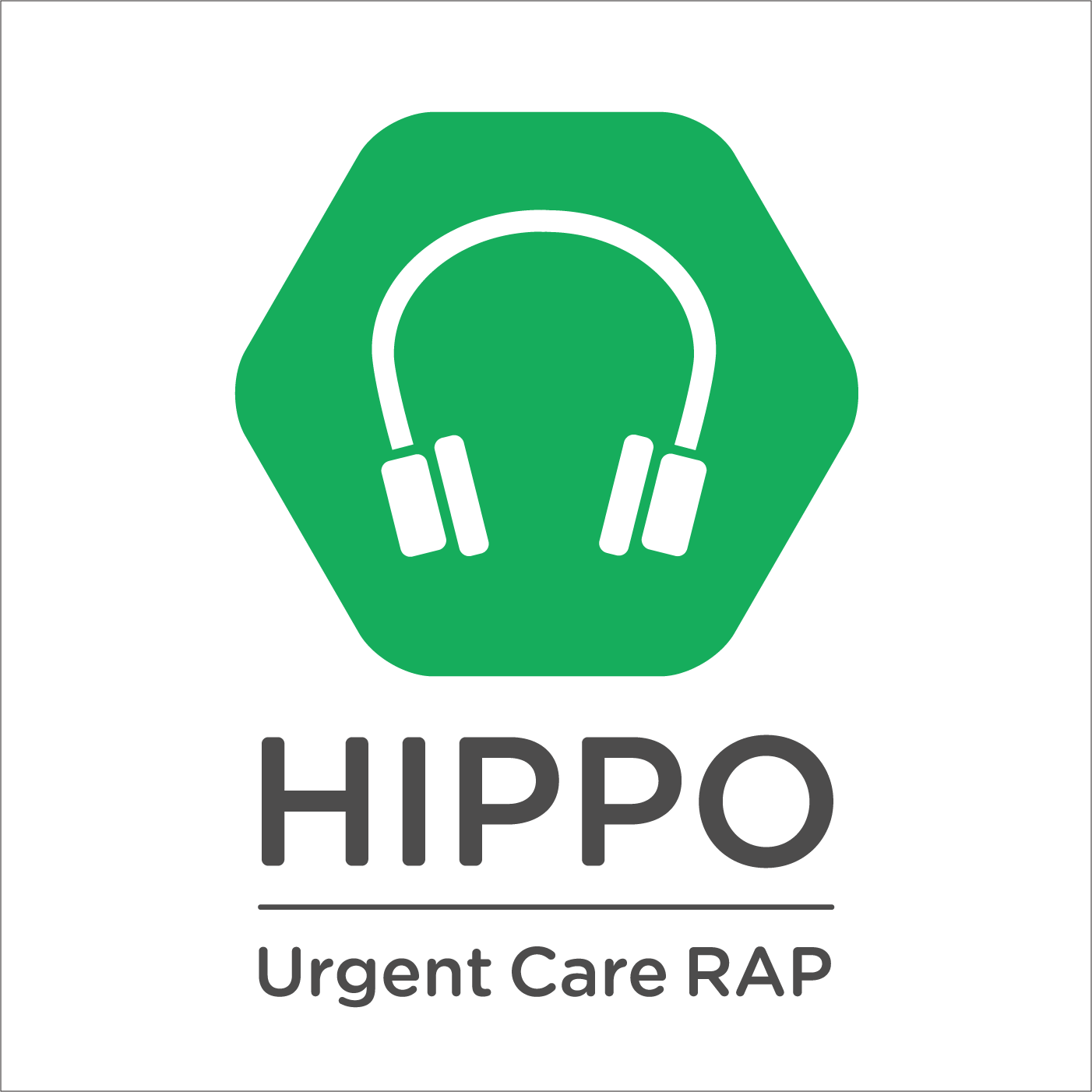Miscellaneous
This free iTunes segment is just one tiny snippet of the fully-loaded 3-hour monthly Urgent Care RAP show. Earn CME on your commute while getting the latest practice-changing urgent care information: journal article breakdowns, evidence-based topic reviews, critical guideline updates, conversations with experts, and so much more. Sign up for the full show at hippoed.com/UCRAPPOD Ilene Claudius, MD, Matthieu DeClerck, MD, Lisa Patel, MD, and Mizuho Morrison, DO walk us through the classification of burns in pediatric patients and how this affects management. Criteria and referral to a burn center is discussed as well as the treatment of burns for outpatient vs. inpatient management. Pearls: When calculating the total body surface area burned, only include areas of partial or full thickness injury. A good burn area estimation tool is that a child’s hand is ~1% of their total BSA. Any partial and/or full thickness burn involving >15% of the total BSA requires immediate burn center referral. Topical antibiotic ointment is now preferred over silver sulfadiazine for superficial partial thickness burns. All full thickness burns and partial thickness burns to the hands, face, genitals, or over joints should be seen within several days by a pediatric burn specialist. When considering burns in children, it is useful to classify them into 3 categories: life threatening, common, and negligible burns. Superficial burns (ie: those with erythema only) are of no clinical consequence. When using a burn formula to calculate the total body surface area (BSA) involved, only the areas of partial and full thickness areas of burn count (ie: with blistering and/or loss of skin). Partial thickness burns involve the papillary (superficial partial) or reticular (deep partial) layers of the dermis. These are generally very painful. Full thickness burns involve any tissue below the dermis (e.g. fat, muscle, bone etc). These are commonly less painful because the nerves have been destroyed. Overestimation of burned surface area is common, especially in children. Most pediatric burns have a small area of partial thickness surrounded by extensive superficial burn. A common pitfall is to count the entire area of injury in the estimate of the percent of total BSA burned. When estimating the percent of total BSA affected in children, the “rule of 9’s” (commonly used in adults) does not work because the proportional anatomy of children is different. The Lund Browder Chart (see references) is useful for estimating total BSA burned in children. 1% of a child’s BSA is also roughly the size of the palm and fingers on one of their hands. Serious burns may require immediate burn center referral or outpatient follow-up depending on anatomic areas affected and the percent of total BSA burned. Burns involving >15% of the total BSA require immediate burn center referral because of the risk of significant fluid losses. Lactated Ringer’s is preferred over Normal Saline because of the risk of acidosis. In an ED/ICU setting, fluid management is guided by monitoring urine output. If possible, it is reasonable to begin IV fluids from UC while arranging an emergent burn center referral. Heat loss and risk of hypothermia can be significant for children with large burns and covering children with a warm, dry sheet can help mitigate this while arranging transfer. Burns are very painful, so the liberal use of topical and oral analgesia for severe burns is critical. Smaller areas partial thickness burns involving the hands, face, genitals, or extending over a joint or complete circumference of an extremity can cause serious cosmetic and functional impairment and are best managed with close burn center follow-up. All full thickness burns will require non-urgent burn center follow-up (ie: within several days) because skin grafting will usually be required to allow for healing. Recommended topical wound/burn care depends on the depth of the burn. Superficial burns require no wound care but aloe products or Vaseline™ can soothe discomfort. Superficial partial thickness burns with intact blisters seem to become infected less often and heal faster if the blister is drained and debrided, but this remains controversial. It is appropriate to NOT debride blisters that are thick walled or

